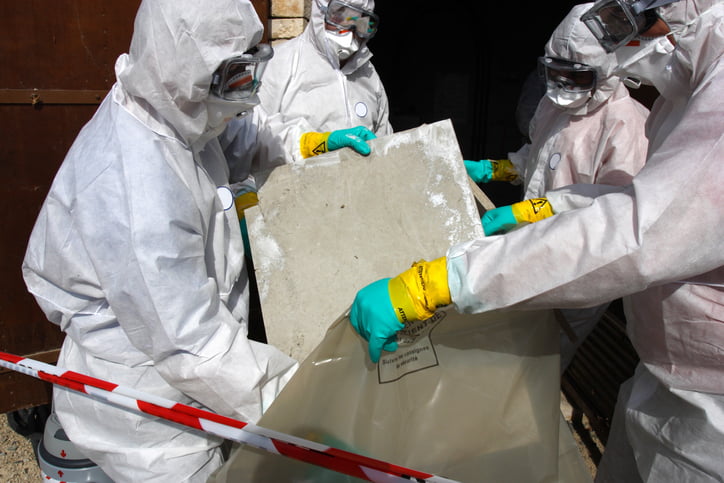Asbestos is a naturally occurring fibrous silicate substance. There are six different forms of it which are made up of elongated, fibrous tissue crystallites with many microscopic “fibrils” that can be exposed to the environment by erosion and other procedures. Asbestos is a good electrical insulator and has high thermal conductivity, hence it was utilized as a construction material for a long time. Asbestos, on the other hand, has become a well-known health and safety danger, and its use as a building material is now restricted in many nations. Asbestos fibers can cause several serious lung disorders, including asbestosis and cancer, when inhaled.
Despite the dangers of asbestos-related diseases, the product has been frequently utilized around the world, and asbestos is considered to be incorporated in most structures built before the 1980s. Many developing countries continue to encourage asbestos use as a building material, and asbestos mining continues, with leading producer Russia expecting to produce 790,000 tons in 2020.
Breathing is the most common way for asbestos fibers to penetrate the skin. Asbestos-containing material is only considered hazardous if it releases particles or fragments into the air, which can be ingested or swallowed. Many fibers will only become trapped in the mucosal membranes of the nose and throat, where they can be removed, but some of them travel deep into the lungs or into the digestive tract if eaten. The fibers might cause health problems once they are lodged in the body.
The most dangerous form of Asbestos is when it is friable. The term “friable” refers to the ease with which asbestos can be fragmented by hand and release fibers into the air. Asbestos insulation that has been sprayed is extremely brittle.
Ceiling tiles, floor tiles, undamaged laboratory cabinet tops, shingles, fire doors, siding shingles, and other materials that contain asbestos-containing will not release asbestos fibers unless it is damaged in some way. For example, if an asbestos ceiling tile is drilled or damaged, fibers may be released into the air. Damage and decay will make asbestos-containing materials more brittle. Water damage, constant vibration, aging, and physical impact such as drilling, grinding, polishing, cutting, sawing, or striking can break down the components, improving the probability of fiber to release.
[ooc_adblock_1]
Usage of Asbestos
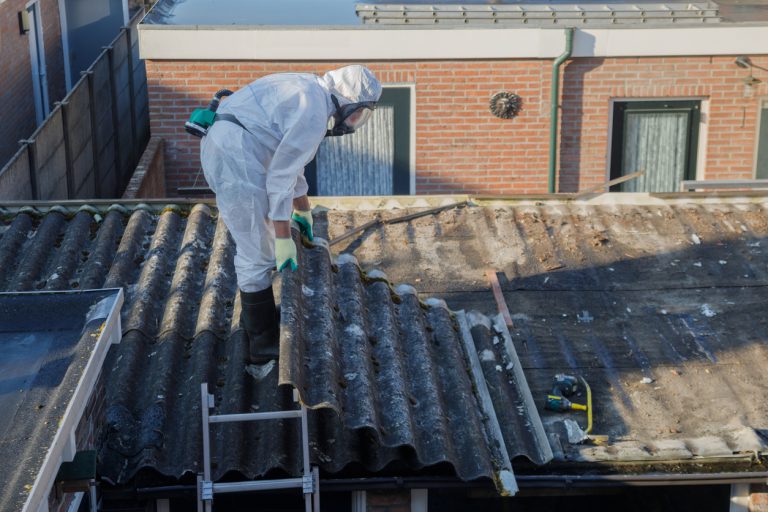
Asbestos Exposure Risks
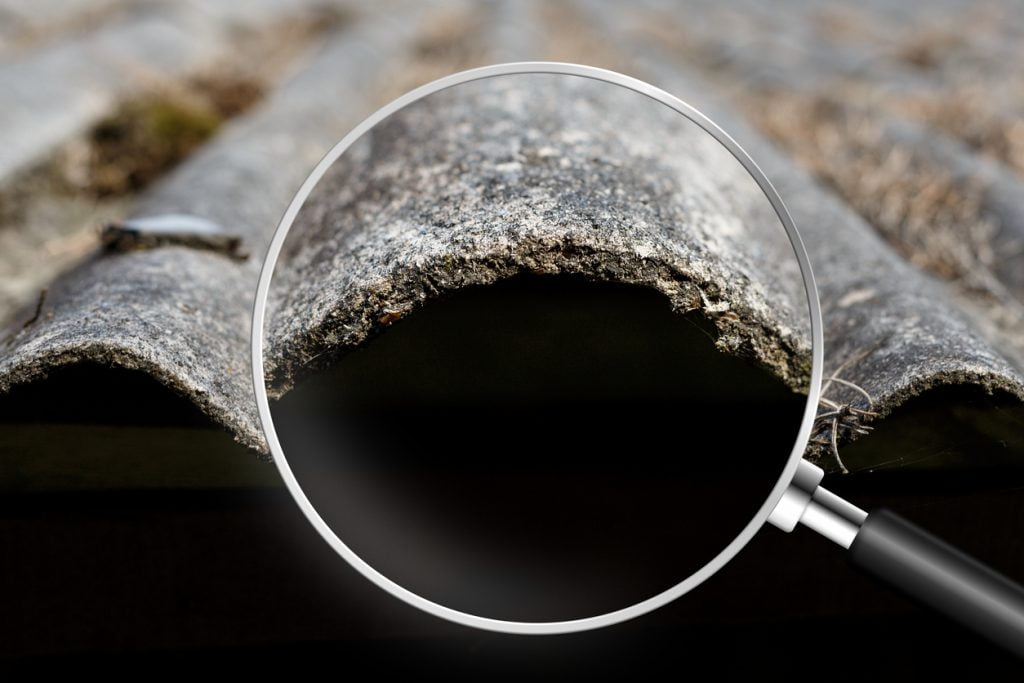
Factors that increase the risk of developing an asbestos-related disease
- Several factors can influence how an individual reacts to asbestos exposure, including:
- Dosage: how much the person came in contact with asbestos
- Duration: the amount of time a person was exposed.
- Asbestos fibers vary in size, shape, and chemical composition.
- The exposure’s source
- Individual risk factors include smoking and having a history of lung illness.
Even though all kinds of asbestos are dangerous, different types of asbestos fibers may pose varying health concerns.
Several studies, for example, imply that amphibole forms of asbestos are potentially more dangerous than chrysotile, particularly in terms of mesothelioma risk, because they are more likely to remain in the lungs for longer.
Asbestosis
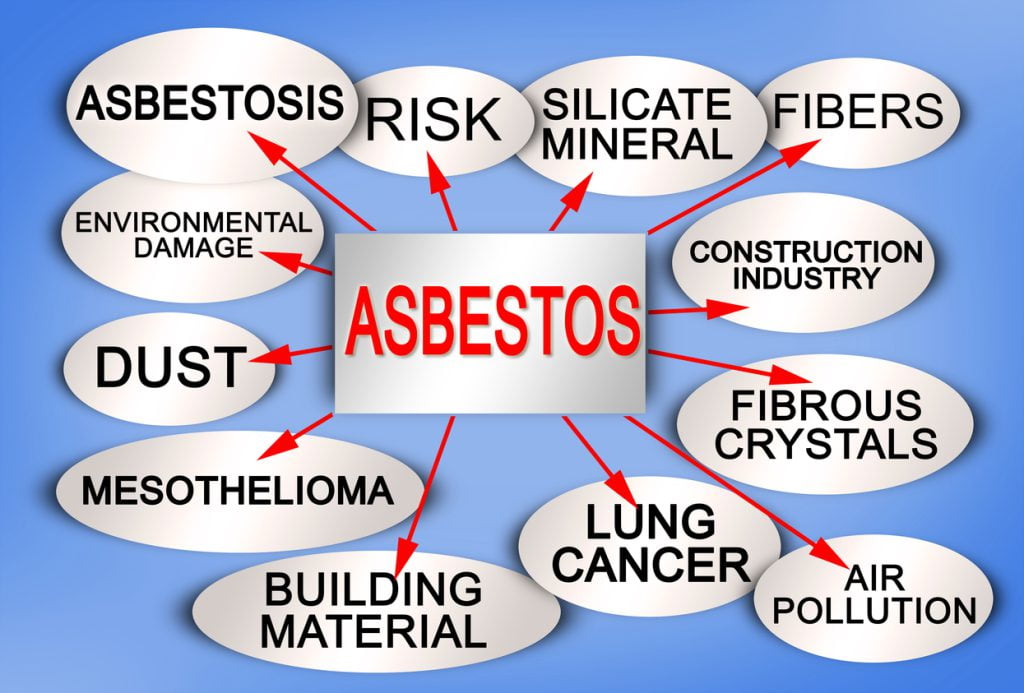
Symptoms of asbestos-related diseases
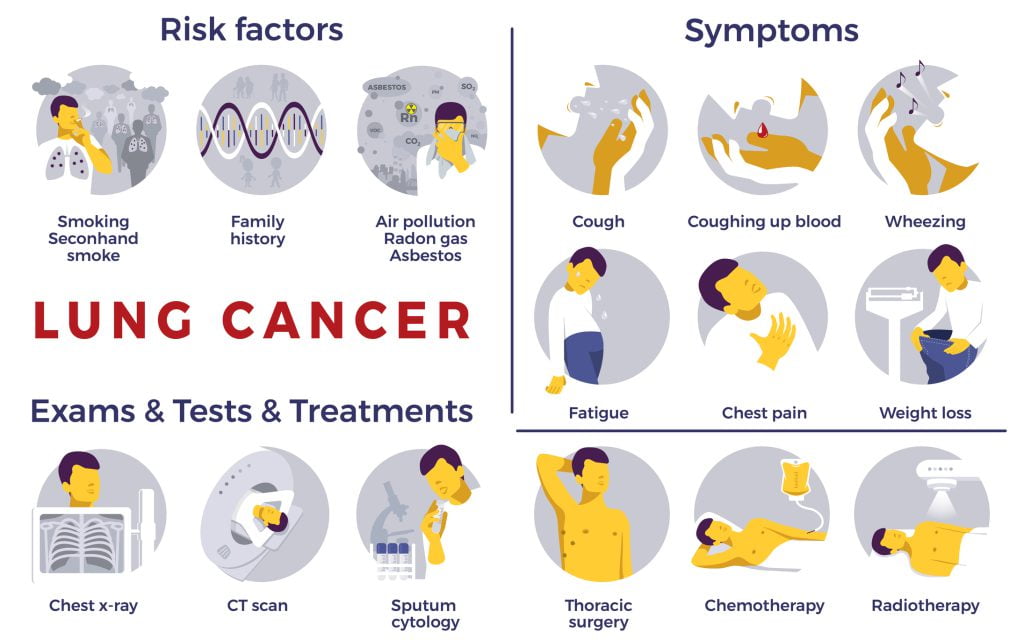
- Breathing problems.
- Changes in cough patterns or the onset of a cough.
- Blood coughed up from the lungs in the fluid (sputum).
- Aches and pains in the chest and abdomen.
- Swallowing difficulties or persistent hoarseness.
- Drastic weight loss is observed.
- Swelling of the neck or face.
- Food loss is common.
- Fatigue.
Effects of Smoking
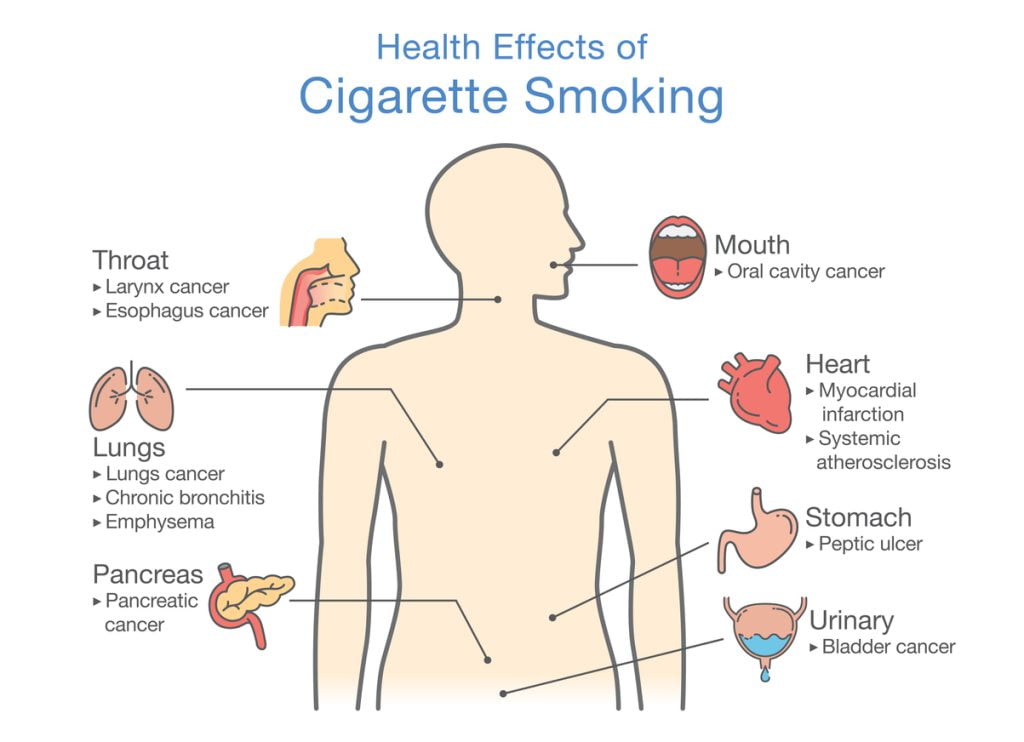
Smoking does not appear to raise the risk of mesothelioma when paired with asbestos exposure. People who have been exposed to asbestos on the job at any point in their lives, or who believe they have been exposed, should not smoke.
[ooc_adblock_3]
Mesothelioma
Mesothelioma is a malignancy that arises from the thin layer of tissue that surrounds several internal organs (known as the mesothelium). The lining of the lungs and the chest wall is the most commonly affected areas. The lining of the abdomen, as well as the sac enclosing the heart and the sac enclosing the testis, are less usually harmed.

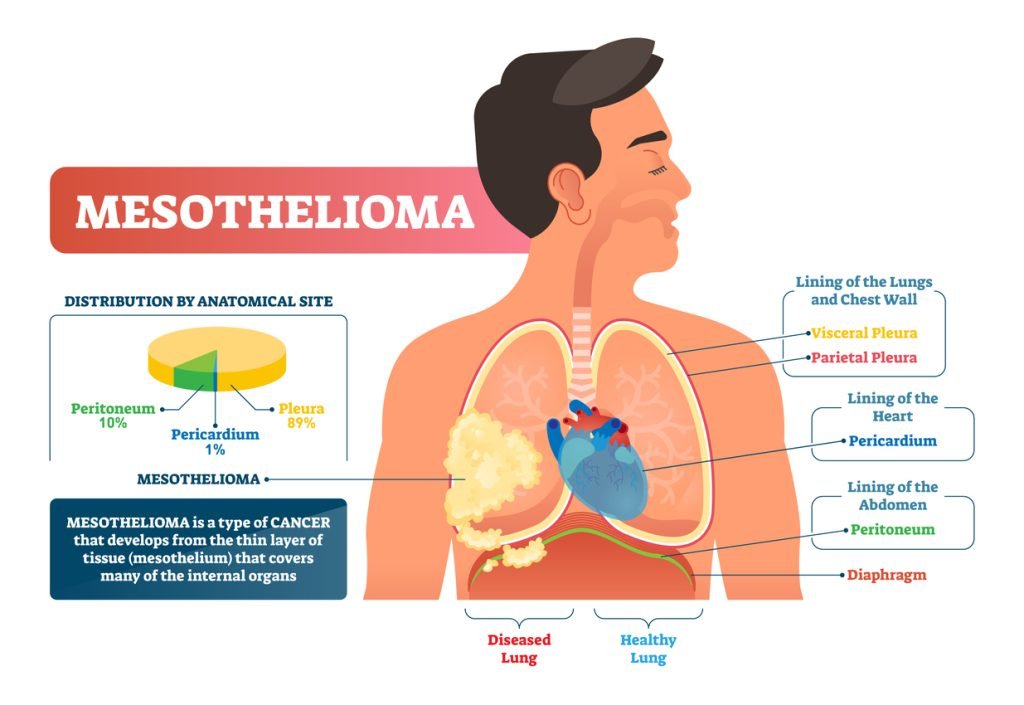
Asbestos exposure is responsible for more than 80% of mesothelioma cases. The higher the danger, the larger the exposure. As of 2013, around 125 million people had been exposed to asbestos at work around the world. People who mine asbestos, make asbestos goods, work with asbestos goods, live with asbestos workers, or work in buildings containing asbestos have a higher risk of disease.
